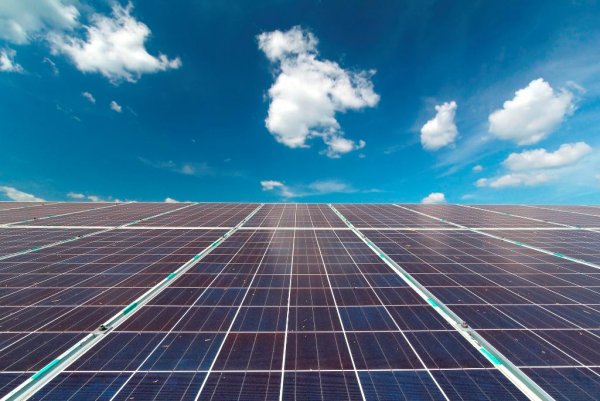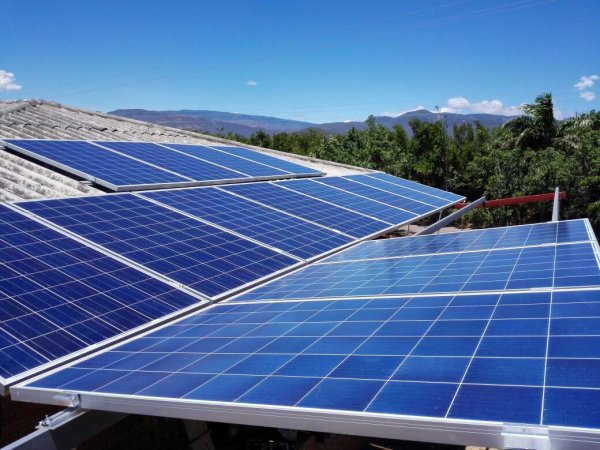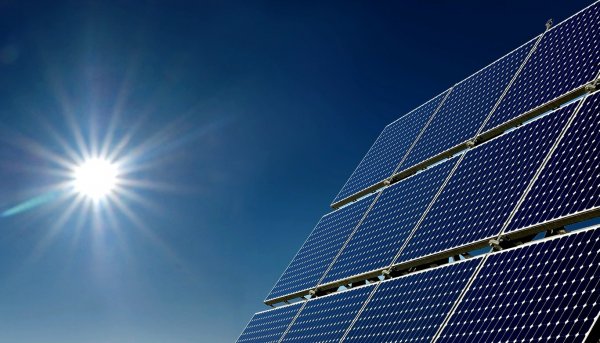The use of solar energy, solar energy - history of development, pros and cons
The fashion for alternative energy is gaining momentum. Moreover, the emphasis is on renewable energy sources — tides, wind, solar. Solar energy (or photovoltaics) is considered one of the fastest growing industrial sectors. Quite often very optimistic statements such as the fact that all the energy of the coming times, no less, will be based on solar energy.
Strictly speaking, the energy of a star called the Sun is present in a "preserved" form in all types of fossil fuels - coal, oil, gas. This energy begins to accumulate at the stage of growth of plants, which consume sunlight and heat, which, due to complex biological processes, turn into carbon fossils. The energy of water, its circulation is also supported by the Sun.
The density of solar energy at the upper limit of the atmosphere is 1350 W / m2, it is called the «solar constant». When the sun's rays pass through the Earth's atmosphere, some of the radiation is scattered.But even on the very surface of the Earth, its density is sufficient for possible use, even in cloudy weather.
The history of development
The photovoltaic effect (ie the appearance of a stationary current in a homogeneous material with its homogeneous photoexcitation) was discovered in 1839 by the French physicist Alexandre-Edmond Becquerel. A little later, the Englishman Willoughby Smith and the German Heinrich-Rudolph Hertz independently discovered the photoconductivity of selenium and ultraviolet photoconductivity.
In 1888, the first "solar radiation recovery device" was patented in America. The first achievements of Russian scientists in the field of photoconductivity date back to 1938. Then, in the laboratory of academician Abram Joffe, a solar energy conversion element was created for the first time, which was planned to be used in solar energy.
The development of terrestrial solar energy was preceded by a great deal of work by scientists (including Leningrad-Petersburg Scientific School physicists Boris Kolomiets and Yuri Maslakovts) in the field of solar batteries for space purposes. They created in the Leningrad Institute of Physics and Technology photocells from thallium sulfur, the efficiency of which was equal to 1% - a real record for that time.
Abram Joffe also became the author of the now popular installation solution photocells on rooftops (although the idea didn't catch on widely at first simply for the reason that nobody was experiencing a shortage of fossil fuels at the time). Today, countries such as Germany, USA, Japan, Israel are increasingly installing solar panels on the roofs of buildings, thus creating "energy efficient houses".
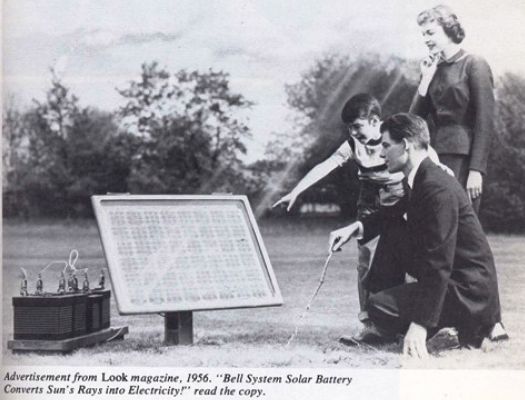
Solar energy began to attract more interest in the second half of the 20th century.Thanks to practical developments in this area, thermal power plants were created, where the coolant is heated by direct solar radiation, and a turbo-electric generator drives the steam generated in the boiler.
With the accumulation of knowledge and progress from theory to practice, the question of profitability of solar generation arises. Initially, the tasks of solar energy did not go beyond the supply of local objects, for example, difficult to access or remote from the central electricity system. Already in 1975, the total power of all solar installations on the planet was only 300 kW, and the price of a peak kilowatt of power reached 20 thousand dollars.
The principle of operation of solar power plants:
How solar energy is converted into electricity
But of course, getting solar off the ground—even without considering the economic component—required significantly greater efficiency. And they managed to somewhat achieve it. The efficiency of modern silicon semiconductor generators is already 15-24% (see — Efficiency of solar cells and modules), which is why (as well as their drop in price) there is constant demand today.
The production of solar panels has been mastered by major global companies such as Siemens, Kyocera, Solarex, BP Solar, Shell and others. The cost of one watt of installed electric power of semiconductor solar cells fell to $2.
Even in Soviet times, it was estimated that 4 thousand km2 of solar modules were able to cover the annual electricity needs of the entire world. And the efficiency of the batteries at that time did not exceed 6%.
In the last century, 10-megawatt solar power plants (SPP) were established in the USA, France, Spain, Italy and other "solar" countries. In the USSR, the first experimental solar plant with a capacity of 5 MW was built on the Kerch Peninsula, where the number of sunny days per year is one of the highest in the region.
Some of these stations are still in operation, many have ceased to function, but it is safe to say that they cannot in principle compete with modern solar photovoltaic systems.
Solar power plants:
professionals
The strengths of solar energy are obvious to all and need no detailed explanation.
First, the Sun's resources will last a long time — the lifespan of a star is estimated by scientists to be about 5 billion years.
Second, the use of solar energy does not threaten greenhouse gas emissions, global warming and general environmental pollution, i.e. does not affect the ecological balance of the planet.
A photovoltaic plant with a capacity of 1 MW annually produces about 2 million kW. This prevents carbon dioxide emissions compared to a combustion power plant in the following volumes: on gas about 11 thousand tons, on oil products 1.1-1.5 thousand tons, on coal 1 ,7-2,3 thousand tons...
Cons
Solar energy's bottlenecks include, first, still not high enough efficiency, and second, not low enough cost per kilowatt hour—something that raises questions about the widespread use of any renewable energy source.
Added to this is the fact that a fair amount of solar radiation on the earth's surface is scattered uncontrollably.
The safety of the environment is also strictly in question — after all, it is still not clear what to do with the disposal of the used elements.
Finally, the degree of study of solar energy—whatever they say—is still far from perfect.
The weakest link in solar energy is the low efficiency of batteries; the solution to this problem is only a matter of time.
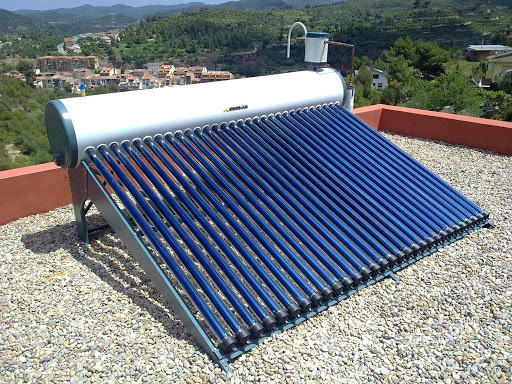
Usage
Yes, getting energy from the Sun is not the cheapest project. But, first, over the past thirty years, one watt generated using photocells has become ten times cheaper. And secondly, the desire of European countries to reduce dependence on traditional energy sources plays the role of solar energy. Also, don't forget about the Kyoto Protocol. We can now say that solar energy is developing at a steady pace both from the point of view of science and from the point of view of commerce.
Today, solar energy is most actively used for three purposes:
-
heating and hot water and air conditioning;
-
conversion into electrical energy using solar photovoltaic converters;
-
large-scale power generation based on the thermal cycle.
Solar energy does not have to be converted into electricity, but it is quite possible to use it as heat. For example, for heating and hot water of residential and industrial facilities.
The basis of the principle of operation of the design of solar heating systems is the heating of antifreeze.The heat is then transferred to storage tanks, usually located in the basement, and consumed from there.
One of the largest potential consumers of photovoltaic energy is the agricultural sector, which can independently consume hundreds of megawatts of peak solar energy per year. To this can be added navigation support, power for telecommunications systems, systems for the resort and health and tourism business, as well as villas, solar street lights and more.
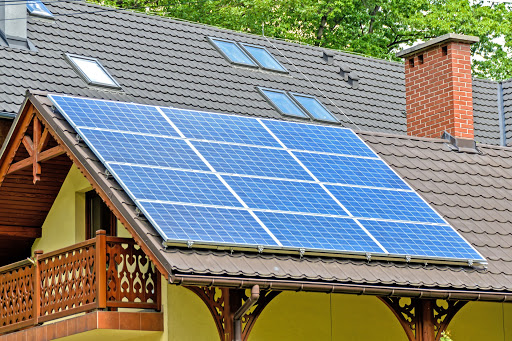
Today, the possibility of absolutely fantastic, from the layman's point of view, ways to use solar energy is being seriously considered. For example, projects for orbit around solar stations or, even more fantastically, solar power plants on the moon.
And indeed there are such projects. In space, the concentration of solar energy is much higher compared to our blue planet. Transmission of energy to Earth is possible using directed light (laser) or ultrahigh frequency (microwave) radiation.
Continuing the topic: Grow solar energy in the world

